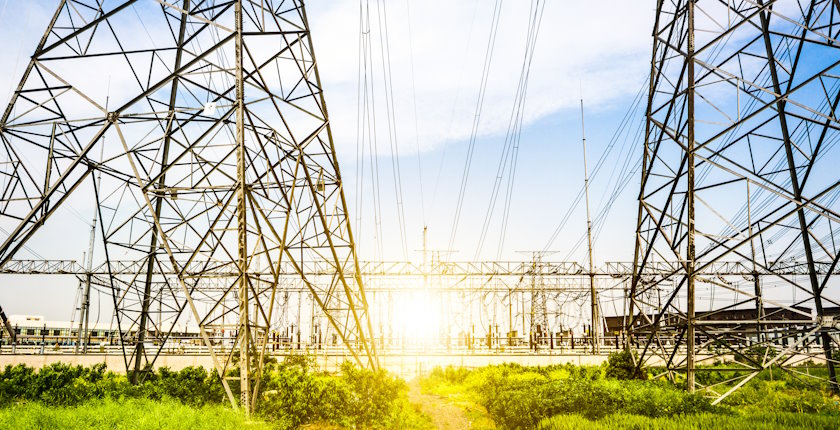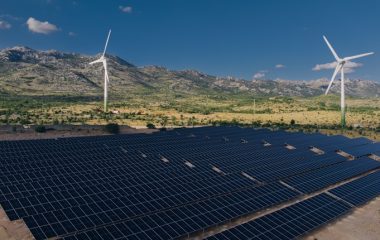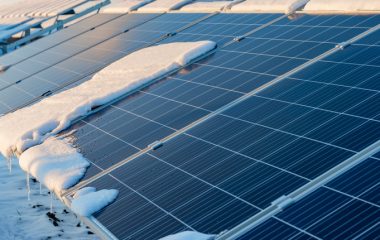
Photo: Evening_tao on Freepik
The EU Agency for the Cooperation of Energy Regulators – ACER said most member states are far below the target for available cross-border electricity trading. The 70% level becomes obligatory at the end of 2025.
The European Parliament and European Commission need to be aware of the need for power grid operators to maximize the electricity transmission capacity that they make available for cross-border trading, according to the European Union Agency for the Cooperation of Energy Regulators (ACER).
In an opinion document addressed to the two institutions, it highlighted the urgency for power transmission system operators (TSOs) to meet their obligation of making 70% of transmission capacity available for cross-border electricity trading by the end of 2025. ACER pointed to the delays and the many necessary steps to align with the rule.
The 70% level is needed to achieve the ambitious political objectives for renewables, the agency stressed.
Electricity transmission capacity connects Europe’s markets, benefits consumers
Transmission capacity is essential for the cross-border trade of electricity, and TSOs need to deliver their maximum, ACER said. The EU introduced the 70% rule in 2019 as countries failed to make sufficient capacity available fast enough.
The remaining maximum amount of 30% can account for reliability margins, loop flows and internal flows on each critical network element with contingency
The minimum threshold is from the Electricity Regulation. It is envisaged to mitigate the discrimination of cross-zonal trades in favour of domestic trades. ACER said the 70% rule became a key tool in the progress of EU electricity market integration. The regulation further specifies that the remaining maximum amount of 30% can account for reliability margins, loop flows and internal flows on each critical network element with contingency.
Available cross-border capacity was mostly at 30% to 50% in 2022
ACER published in July its yearly market monitoring report on cross-zonal capacities and the minimum 70% margin available for cross-zonal trade, also known as MACZT, for 2022. Most member states in highly meshed areas of the power grid made available on average 30% to 50% for certain network elements. It means that with some exceptions, the target to be able to guarantee a MACZT of 70% is still far away.
In parallel, the costs of managing grid congestions in the EU exceeded EUR 4 billion in 2022. For example, the expected 300 GW of offshore
wind to be installed in the EU by 2050 will require an integrated market with sufficient capacity to reach demand centers across the bloc.
Maximizing grid capacity refers not just to the physical grid (high voltage lines) but also to the commercial capacity, which TSOs make available for trading with neighbours.
The 70% requirement is a pre-requisite for the energy transition, it enhances the security of electricity supply by optimizing the use of the existing grid and mitigates prices and price volatility, the document reads. ACER also said it provides the market with much needed flexibility.


















Be the first one to comment on this article.